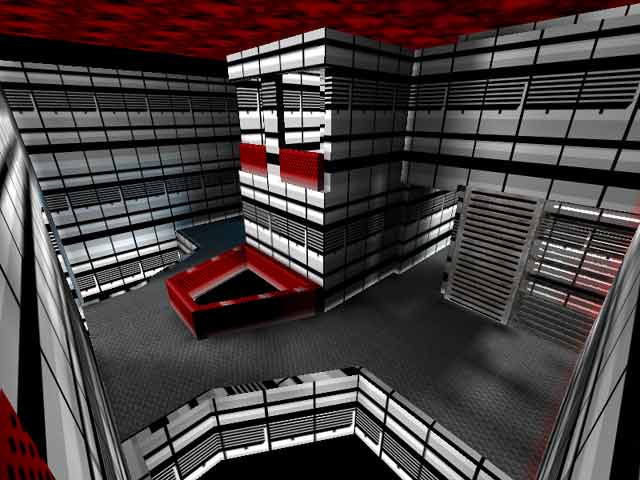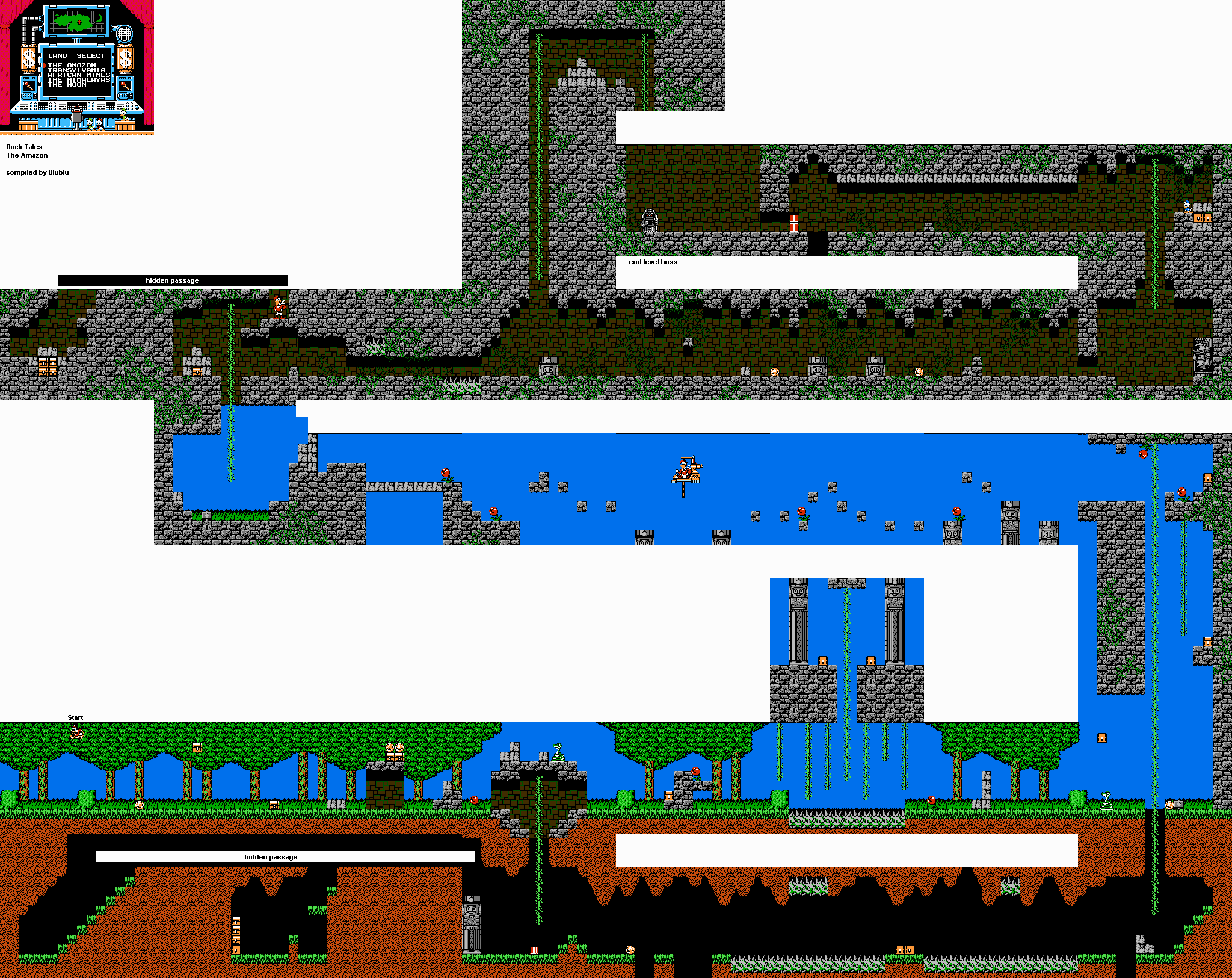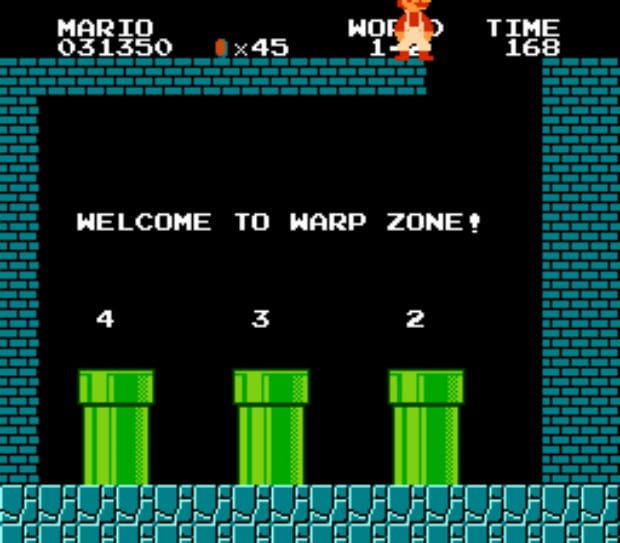Trending
Opinion: How will Project 2025 impact game developers?
The Heritage Foundation's manifesto for the possible next administration could do great harm to many, including large portions of the game development community.

Featured Blog | This community-written post highlights the best of what the game industry has to offer. Read more like it on the Game Developer Blogs or learn how to Submit Your Own Blog Post
Hiding items in games typically is an ingredient to a recipe for disaster... or is it?

As I reflect over the years and years I've spent gaming, I started realizing there was a recurring theme between most of the games I played. A game always seemed incredibly immersive to me when I felt like any corner of the game could hide a secret. Whether it's a treasure chest holding a blue rupee or a small smiling face of a rogue programmer embedded in a texture, each of these sparks my desire for adventure and makes me continue on for more.
But sometimes games take it too far, sometimes things that are needed to coplete the game are a little too hidden. Required items that are impossibly hidden lead to aggrivation from you players. Here are some suggestions to implement the concept of hidden in your game without making your game annoying or aggrivating.
The Offenders
The best way to figure out how not to implement hidden items is to look at games that do it, well, just plain wrong.
I don't want to start by pointing out problems with early home game consoles like the Odyssey or the Atari, mostly because those consoles did what they could to guide the player. Sure there were completely random hidden areas required to finish most games, but in-game text wasn't really used at that time so it really was hard to guide a player somewhere without the use of an instruction manual or guide.
Many games for the Nintendo Entertainment System really brought out hidden things in games, one of the poster child for a hidden item offender.

Milon's Secret Castle
Milon's Secret Castle was a side scroller created by Hudson Soft featuring a character that tossed bubbles as a weapon. In order to progress through the game, you were required to find certain objects and reveal hidden doors by blasting through and pushing bricks (the yellow things in the pic above). However, gamers couldn't determine which brick was detroyable, which was movable, and which was just a damn brick.
TIP 1: Don't make required items impossibly hidden.
But there are lessons even more recent games can teach us...

The Elder Scrolls IV: Oblivion
Now don't get me wrong, I absolutely adore the Elder Scrolls series and just about every Bethesda-related game since Elder Scrolls 3. However, what Oblivion made up for in content by producing hundreds of in-game dungeons, it absolutely lost in the adventure of hidden items.
Sure, there were secret swords, special armor, and hidden subquests abound in Oblivion, but more often than not the player would find themselves running through every single cavern, only to reach a dead-end with a bottle of wine, some lettuce, and a few pieces of gold. Of course, this was magnified by the difficulty you played on, but only the die-hard players completed the game on high-very high difficulty.
What happens is one tedious dungeon crawl after another, each losing their mysteriousness due to the bland results of those that came before.
TIP 2: Make hidden areas accessible but unique, don't do the same type of area over and over.
Cream of the Crop
So what games do hidden right? Well, when I first think of hidden, I think of one of the most classic areas in a game I've ever experienced:

Goldeneye 007
Above is a screen capture from the multiplayer level 'Complex' in Goldeneye 007 for the Nintendo64. The map looks like a standard multiplayer level, however features several hidden areas. Notice on the far right of the above picture there are 2 grates, one is pretty bland looking but the other is kind of transparent and you can see a bright area behind. Well as just about all gamers know, you could enter and hide behind these walls to sneak behind unsuspecting opponents.
The rooms are small, featured in only a handful of levels, and aren't a requirement for you to move around the level. This is a grate (hehe, get it?) use of hiding something in a game.

Ducktales (NES)
Next we've got a very shrunk map of the Amazon level for Ducktales on the NES. Ducktales was one of the first times I found a hidden area in a game and I loved it. It's hard to notice, but the small black bar in the upper left area (under the square in the WAY upper left) is signifying a secret area. Another of these is in the same general area but towards the bottom of the pic (displayed in white under the tree line).
In Ducktales, the core mechanic you would use to take down enemies and jump was to bounce on your cane. In some areas you could bounce over the wall boundary and move past the screen bounds, revealing a new area, typically featuring treasures or life bonuses. Another well-known game that did this:

Super Mario Bros
Easter Eggs
One staple of hidden game development has remained however, the almighty easter egg. These typically are the work of one or more people putting in a texture or object (usually) never meant for anyone but the development team to see.

Doom 2
One of the most classic examples of an easter egg is in Doom 2 where a rivalry between John Romero and others at id Software resulted with his head on a pike in a secret room only available with a cheat.
One more recent example features the office of Dr. Halsey in Halo: Reach where the team at Bungie put a lasting monument to their community which created hours and hours worth of animated videos and other unique content (which is referred to in Halsey's office).
Easter eggs are neat when found, however they serve little to no real purpose in a game apart from a neat graphic or two to look at before returning to the level.
Conclusion
Hidden areas, items, and bonuses is an art in itself that has been lost through our evolution as game designers. Large scale producers take over projects and try to iron out all the hidden areas in most current games which is disappointing, it makes a game as pre-formed as the box it came in (which isn't bad for developers, but blatantly stale for gamers).
I challenge anyone making a game to add in a hidden room or secret section, even if it's your head on a pike.
Read more about:
Featured BlogsYou May Also Like